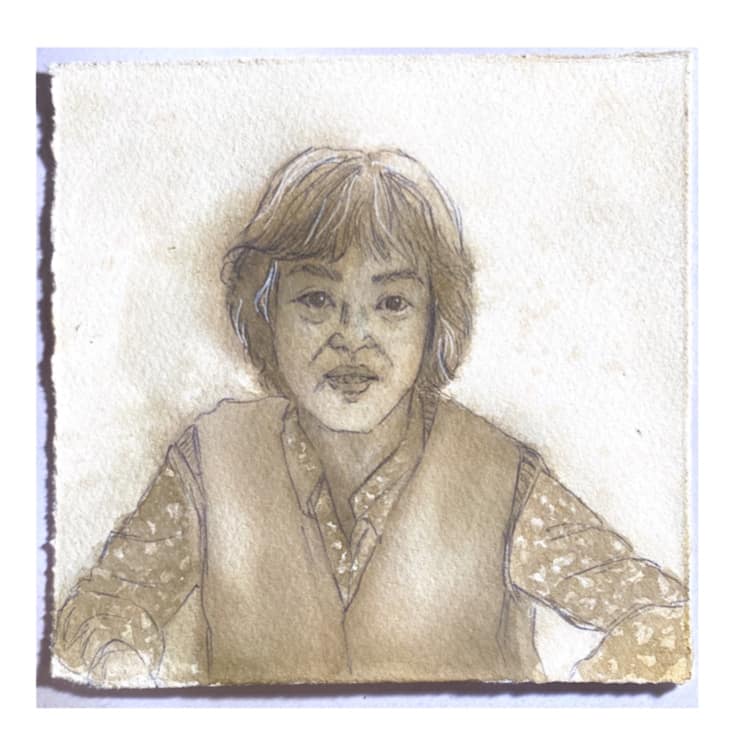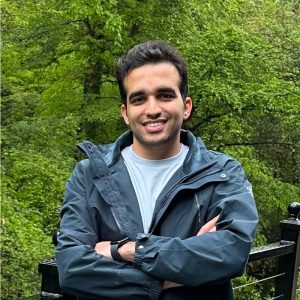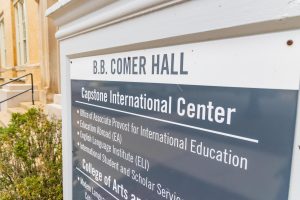Forgotten Figures: The Hawaiian botanist who made waves
September 17, 2020
Isabella Aiona Abbott was a world-renowned scientist in the field of marine botany. Born Isabella Kauakea Yau Yung Aiona, Abbott was a Native Hawaiian and Chinese woman born in 1919 on the island of Maui. Throughout her childhood, she was very involved in learning Hawaiian culture with her mother. The traditional foods she often made with her mother included various types of seaweeds and algae—beginning her love for marine botany.
Abbott was highly educated. She began her journey at the University of Hawai’i, graduating in 1941 with a degree in botany. Then, she obtained her masters in 1942 from the University of Michigan. At age 31, she was the first Native Hawai’ian woman to receive a doctoral degree in a scientific field, as she earned a doctorate in algal taxonomy from the University of California Berkeley in 1950. She then became the first female professor in the Stanford Biology Department as well as the school’s first non-white professor. During her time at Stanford, she wrote eight books and 150 articles on the topic of algae on the Pacific coast. Abbott also made sure to write about “Limu,” the Hawaiian native word for seaweed, filled with traditional recipes for her home islands. Abbott easily became the world’s expert on marine algae as she was able to fuse her experience in academia with her native Hawaiian culture.
Abbott is an extremely important figure who represents Hawai’i. Seeing her groundbreaking success in the scientific world, she is an inspiration. Students in STEM should know Abbott’s name not only because she was a groundbreaking leader in her field, but because she is one of so few minority women scientists. Abbot serves as an prominent figure in the biology community for all Indigenous women looking to make an impact in the scientific community.
As a fellow woman in science, Abbott is an inspiration to me. Defying sexism that is exhibited in STEM careers, she lets women on this campus know that we belong in the professions of biologists, engineers and mathematicians. Seeing women in STEM not only encourages us to continue to pursue our dream careers but inspires us in all facets of life. If we can eventually become role models in academia, then we can offer inspiration in other areas in life. Seeing more women in male-dominated fields will give students on the UA campus and other campuses the confidence and courage to demand equality from our male counterparts.





















